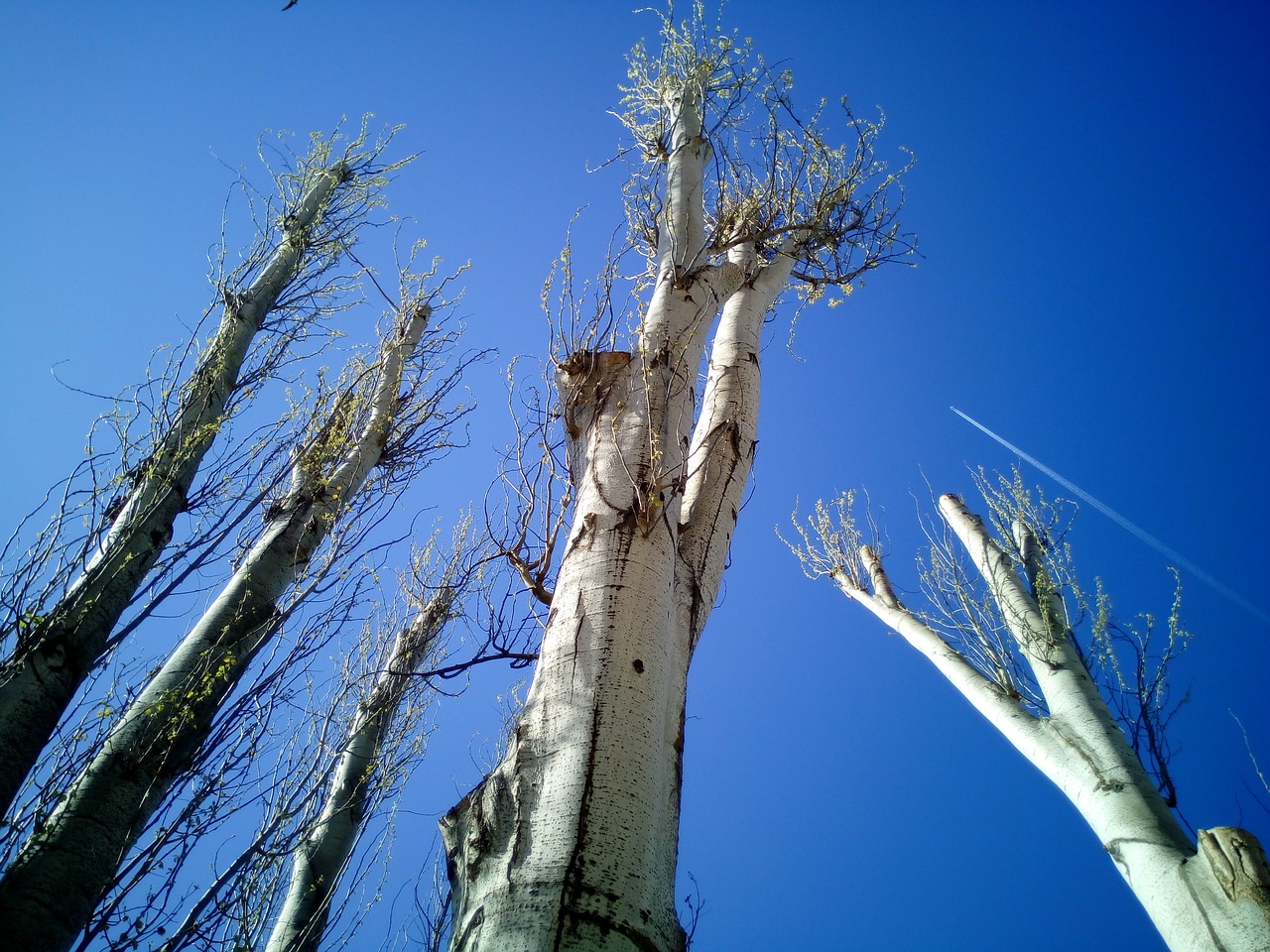“Trees are often left to fend for themselves during the winter because people think they hibernate,” said Gary Watson, president of the International Society of Arboriculture, a not-for-profit organization advocating proper tree care. “Since trees tend to wind down their internal activity after fall leaf drop, winter presents itself as one of the best times for tree maintenance.”

Why Prune?
Pruning is often desirable or necessary to remove dead, diseased, or insect infested branches, and to improve tree structure, enhance vigor, or maintain safety. Since each cut has the potential to change the growth of (or cause damage to) a tree, no branch should be removed without a reason. Trees that are pruned regularly should be more resistant to winter storm damage as a result of the removal of structurally weak branches, decreased surface area of lateral branches and decreased wind resistance. Pruning done from winter to early spring (before new growth starts) result in wounds closing quickly as growth starts in the spring and insect and disease infestations are less likely.
Trees that have their canopies covered with ivy or clematis may not be able to withstand the additional wind or snow load caused by the extra leaf area of the vines. Removal of invasive vines is important to the health of your trees
What is Pruning?
Pruning is a horticultural and silvicultural practice involving the selective removal of parts of a plant, such as branches, buds, or roots.

Removing Foliage
Removing foliage from a tree has two distinct effects on its growth. Removing leaves reduces photosynthesis and may reduce overall growth. This is why pruning should always be performed sparingly. Over-pruning is extremely harmful because without enough leaves a tree cannot gather and process enough sunlight to survive. However, after pruning, the growth that does occur takes place on fewer shoots, so they tend to grow longer than they would without pruning. Understanding how the tree responds to pruning should assist you when selecting branches for removal.
Pruning Mature Trees
Pruning mature trees may require special equipment, training, and experience. If the pruning work requires climbing, the use of a chain or hand saw, or the removal of large limbs, the use of personal safety equipment, such as protective eye wear and hearing protection, is a must. Arborists can provide a variety of services to assist in performing the job safely and reducing risk of personal injury and damage to your property. They also are able to determine what type of pruning is necessary to maintain or improve the health, appearance, and safety of your trees.
Pruning is the most common tree maintenance procedure next to watering.
